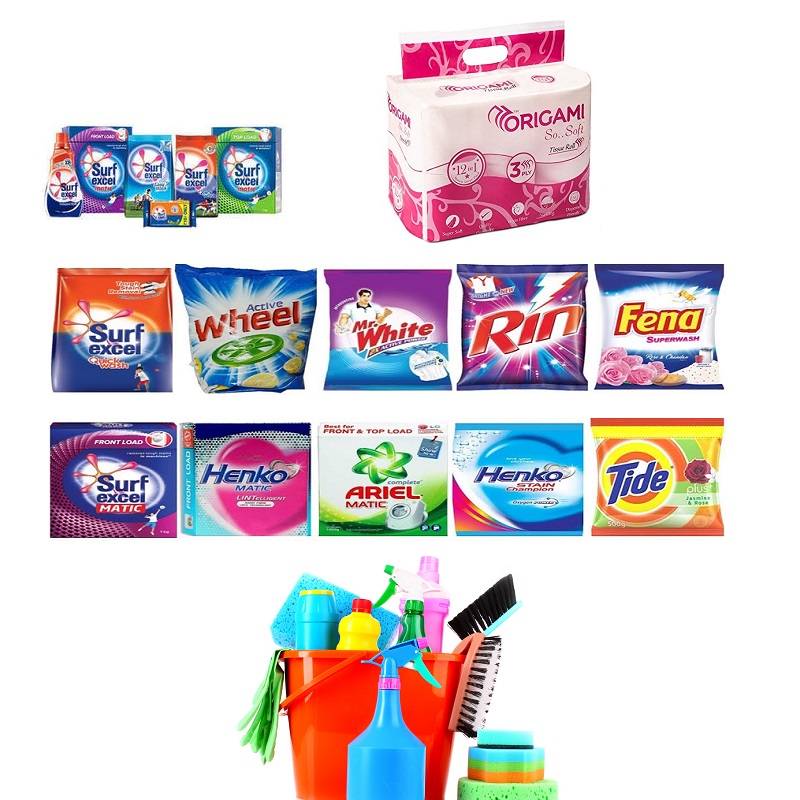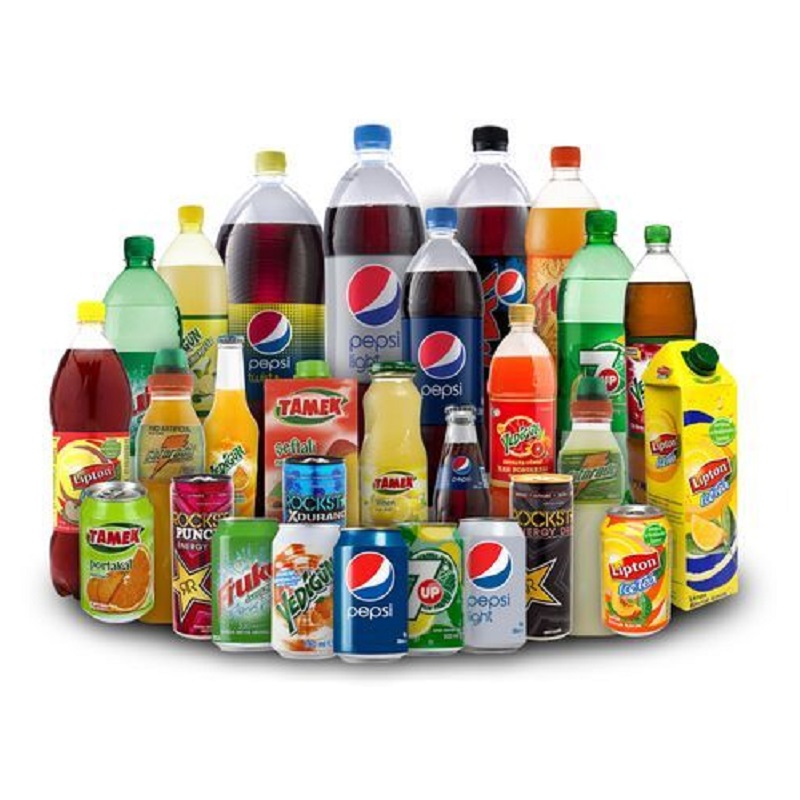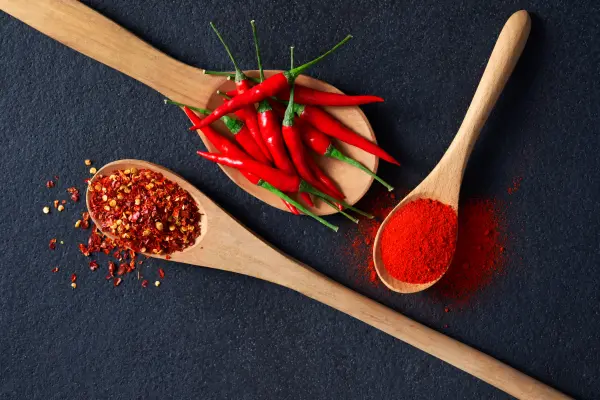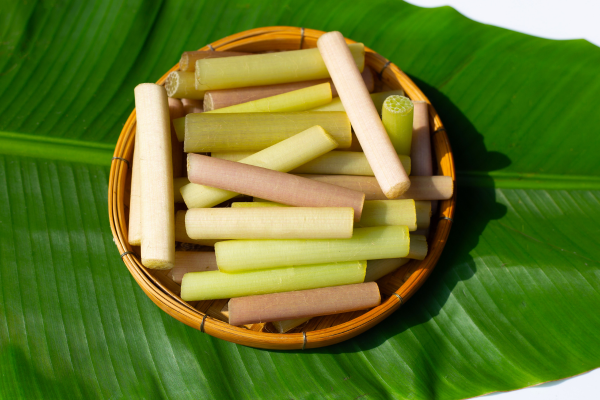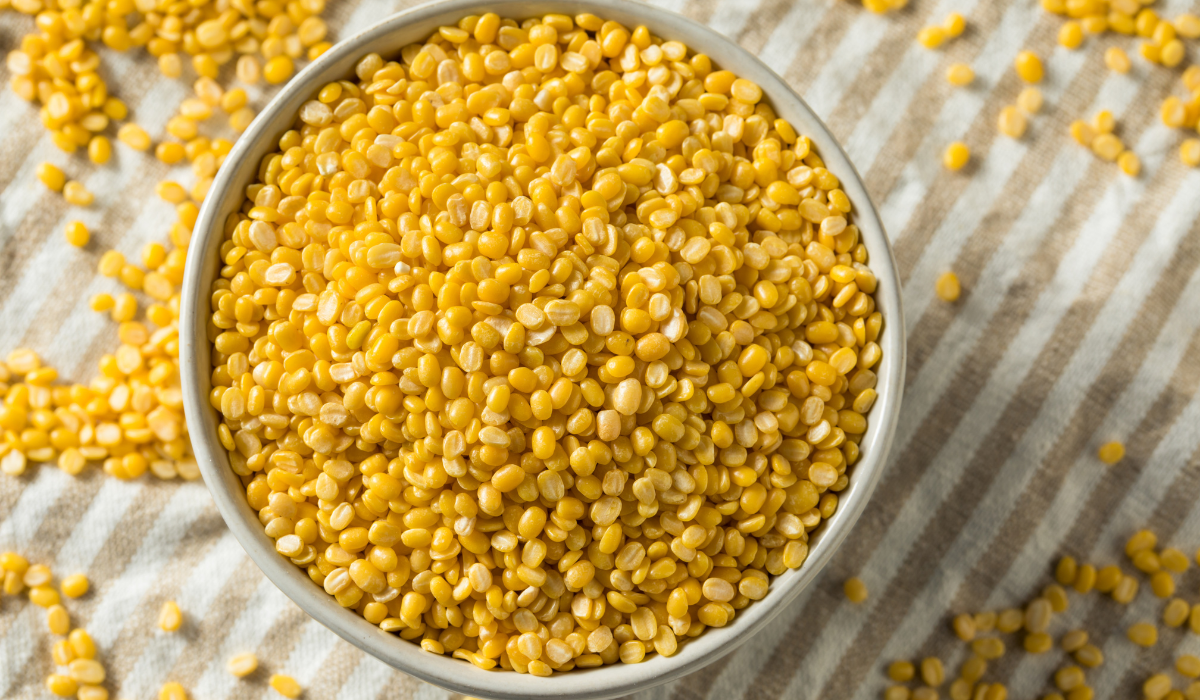
Introduction
Moong dal, also known as green gram, is a popular legume widely used in Indian cuisine and across various other cultures. This tiny, green, and oval-shaped bean packs a powerful nutritional punch, making it a go-to ingredient for those seeking a healthy and balanced diet. In this article, we will explore the various aspects of moong dal, from its health benefits to its culinary versatility, and why it deserves a prominent place in your pantry.
The History of Moong Dal
Moong dal has a rich history that dates back thousands of years. Originating in India and neighboring regions, this legume has been cultivated for its culinary and medicinal properties. In ancient Ayurvedic texts, moong dal is often mentioned for its healing properties and ability to balance the body's doshas. It quickly spread to other parts of the world through trade routes, becoming a staple food in many Asian countries.
Nutritional Content of Moong Dal
Moong dal is a powerhouse of essential nutrients that contribute to overall health and well-being. It is an excellent source of plant-based protein, making it an ideal choice for vegetarians and vegans. A 100-gram serving of moong dal provides approximately 24 grams of protein, meeting a significant portion of daily protein requirements. Additionally, it is low in fat and contains essential vitamins and minerals, including folate, iron, magnesium, and vitamin B6.
Health Benefits of Moong Dal
1. Digestive Health
Moong dal is easy to digest and is often recommended for individuals with digestive issues. Its high dietary fiber content aids in promoting regular bowel movements and preventing constipation. It also helps in maintaining a healthy gut microbiome, promoting better digestion and nutrient absorption.
2. Weight Management
For those looking to shed some pounds, moong dal can be a valuable addition to the diet. Its combination of protein and fiber helps in increasing satiety, keeping hunger pangs at bay, and reducing overall calorie intake. The slow-release energy from moong dal also helps in maintaining steady blood sugar levels, preventing sudden spikes and crashes.
3. Heart Health
The presence of antioxidants and phytonutrients in moong dal contributes to heart health. Regular consumption can help in reducing the risk of cardiovascular diseases by lowering bad cholesterol levels and improving blood circulation. The potassium content in moong dal also aids in maintaining healthy blood pressure levels.
4. Boosts Immunity
Moong dal contains various vitamins and minerals, such as vitamin C and zinc, which are essential for a robust immune system. Regular consumption can strengthen the body's defense mechanism, making it more resilient against infections and illnesses.
5. Skin and Hair Health
The protein and iron content in moong dal promote healthy hair growth and maintain skin elasticity. Additionally, its antioxidant properties combat free radicals, which can otherwise damage skin cells and lead to premature aging.
Culinary Uses of Moong Dal
Moong dal's versatility in the kitchen is unmatched. It is used in a wide array of dishes, from soups and curries to salads and desserts. Let's explore some popular culinary uses of moong dal:
1. Moong Dal Soup
A comforting and nourishing soup made from moong dal, vegetables, and spices is a popular choice during the cold season. It provides warmth and a burst of flavors, making it a favorite among people of all ages.
2. Moong Dal Curry
A delicious and aromatic moong dal curry, often infused with various spices, is a staple in Indian households. It can be paired with rice or Indian bread for a wholesome meal.
3. Moong Dal Khichdi
Khichdi, a one-pot meal made with rice, moong dal, and vegetables, is not only nutritious but also easy to digest. It is often recommended as a light and comforting meal during illnesses or for young children.
4. Moong Dal Salad
A refreshing and healthy salad made with sprouted moong dal, cucumbers, tomatoes, and a tangy dressing is a perfect choice for a light lunch or snack.
How to Cook Moong Dal
Cooking moong dal is a straightforward process. Here's a step-by-step guide:
Rinse the dal: Wash the moong dal under running water until the water runs clear. This removes any impurities and starch.
Soak the dal: Soak the moong dal in water for at least 2 hours. This reduces cooking time and aids in better digestion.
Pressure cooking: Drain the soaked dal and add it to a pressure cooker with the required amount of water. Cook for 3-4 whistles or until the dal becomes soft and mushy.
Seasoning: In a separate pan, heat some oil or ghee and add cumin seeds, mustard seeds, and other spices of your choice. Once they splutter, add chopped onions, garlic, and green chilies for added flavor.
Combine and simmer: Add the cooked dal to the seasoning mixture and simmer for a few minutes, allowing the flavors to meld together.
Garnish: Garnish the moong dal with chopped cilantro, a squeeze of lemon juice, and a dollop of ghee for extra richness.
Conclusion
Moong dal, with its exceptional nutritional profile and versatility, is undoubtedly a superfood that deserves a place in every kitchen. From supporting digestive health to promoting heart health and offering a myriad of culinary possibilities, this humble legume is a true gem. So, next time you're planning your meals, consider incorporating moong dal into your diet for a delicious and nutritious experience that your body will thank you for!

 English
English

